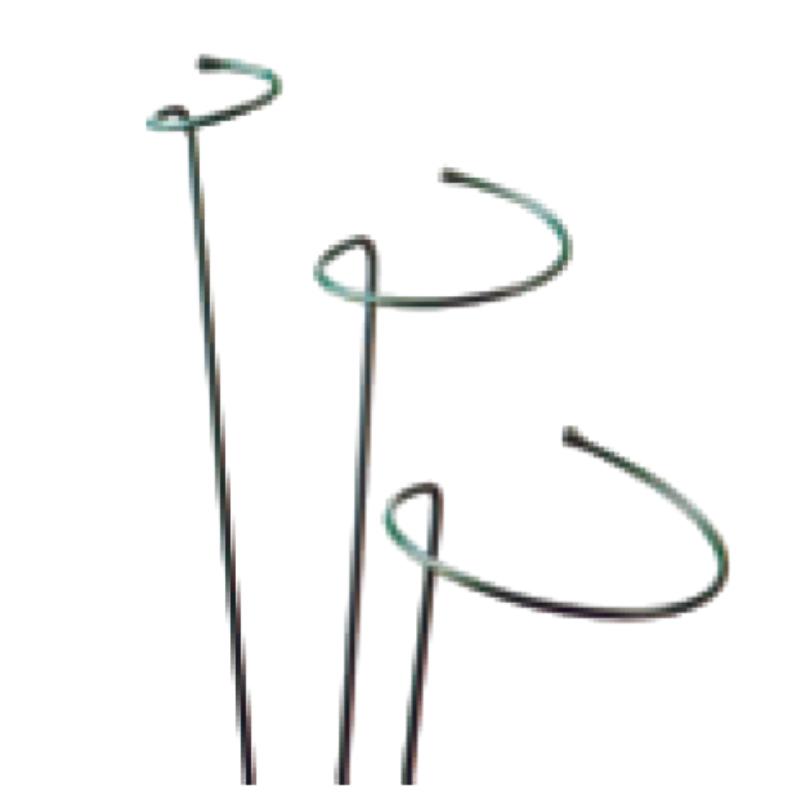-
Email:zhao@hyliec.cn
-
Tel:+86 311 85273988
-
WhatsAPP:8613931128750
-
 afrikane
afrikane -
 shqiptare
shqiptare -
 amharike
amharike -
 arabisht
arabisht -
 armene
armene -
 Azerbajxhani
Azerbajxhani -
 bask
bask -
 bjellorusisht
bjellorusisht -
 Bengalisht
Bengalisht -
 boshnjake
boshnjake -
 bullgare
bullgare -
 katalanas
katalanas -
 Cebuano
Cebuano -
 korsikane
korsikane -
 kroate
kroate -
 çeke
çeke -
 daneze
daneze -
 holandeze
holandeze -
 anglisht
anglisht -
 Esperanto
Esperanto -
 estoneze
estoneze -
 finlandez
finlandez -
 frëngjisht
frëngjisht -
 frizianisht
frizianisht -
 Galician
Galician -
 gjeorgjiane
gjeorgjiane -
 gjermanisht
gjermanisht -
 greke
greke -
 guxharatisht
guxharatisht -
 Kreole Haitiane
Kreole Haitiane -
 hausa
hausa -
 hawajiane
hawajiane -
 hebraishtja
hebraishtja -
 Jo
Jo -
 Miao
Miao -
 hungareze
hungareze -
 islandeze
islandeze -
 igbo
igbo -
 indonezisht
indonezisht -
 irlandeze
irlandeze -
 italiane
italiane -
 japoneze
japoneze -
 javaneze
javaneze -
 kanadeze
kanadeze -
 kazakisht
kazakisht -
 Khmer
Khmer -
 Ruanda
Ruanda -
 koreane
koreane -
 kurde
kurde -
 Kirgize
Kirgize -
 TB
TB -
 latinisht
latinisht -
 Letonisht
Letonisht -
 Lituanisht
Lituanisht -
 luksemburgase
luksemburgase -
 maqedonase
maqedonase -
 Malgashi
Malgashi -
 Malay
Malay -
 malajalamisht
malajalamisht -
 malteze
malteze -
 Maori
Maori -
 Marathi
Marathi -
 mongolisht
mongolisht -
 Mianmar
Mianmar -
 nepalisht
nepalisht -
 norvegjeze
norvegjeze -
 norvegjeze
norvegjeze -
 Oksitan
Oksitan -
 Pashto
Pashto -
 persisht
persisht -
 polonisht
polonisht -
 portugeze
portugeze -
 Punjabi
Punjabi -
 rumun
rumun -
 rusisht
rusisht -
 Samoan
Samoan -
 gaelishte skoceze
gaelishte skoceze -
 serb
serb -
 anglisht
anglisht -
 Shona
Shona -
 Sindhi
Sindhi -
 sinhalisht
sinhalisht -
 sllovake
sllovake -
 slloven
slloven -
 somalez
somalez -
 Spanjisht
Spanjisht -
 sundanez
sundanez -
 Suahili
Suahili -
 suedeze
suedeze -
 Tagalogisht
Tagalogisht -
 Taxhikisht
Taxhikisht -
 tamile
tamile -
 tatar
tatar -
 telugu
telugu -
 Thai
Thai -
 turk
turk -
 turkmen
turkmen -
 ukrainase
ukrainase -
 urdu
urdu -
 ujgure
ujgure -
 Uzbekistani
Uzbekistani -
 vietnameze
vietnameze -
 Uellsisht
Uellsisht -
 Ndihmë
Ndihmë -
 Jidish
Jidish -
 Jorubisht
Jorubisht -
 Zulu
Zulu
Metal Plant Supports
What Is The Support Structure Of A Plant?
The support structure of a plant refers to the system of tissues and organs that provide stability and enable the plant to maintain an upright position. This support structure includes several key components:
1. Cell walls: The rigid cell walls of plant cells provide structural support, especially in non-woody plants. The cell walls help maintain the shape and rigidity of the plant's cells, contributing to its overall structure.
2. Stems: Stems play a crucial role in supporting the plant and providing a framework for the attachment of leaves, flowers, and reproductive structures. The stems also facilitate the transport of water, nutrients, and sugars throughout the plant.
3. Roots: The root system anchors the plant in the soil, providing stability and support. Additionally, roots absorb water and nutrients from the soil, contributing to the overall health and growth of the plant.
4. Vascular tissues: Xylem and phloem are specialized tissues that form the plant's vascular system. Xylem transports water and minerals from the roots to the rest of the plant, while phloem transports sugars and other organic compounds to various parts of the plant.
5. Specialized structures: Some plants have specialized support structures, such as tendrils, thorns, or aerial roots, which aid in climbing, attachment, or additional support.
The combination of these structural elements allows plants to maintain their shape, withstand environmental forces, and support essential physiological processes.
Iron Plant Supports Faq
What are the benefits of using iron plant supports?
Iron plant supports offer durability and strength, making them suitable for providing robust support for heavy or sprawling plants. They can withstand the weight of mature plants and help maintain their shape and structure.
What types of plants are best supported by iron plant supports?
Iron plant supports are well-suited for providing support to a wide range of plants, including peonies, roses, delphiniums, and other tall or heavy-flowering perennials. They can also be used for supporting climbing plants such as clematis or sweet peas.
How should iron plant supports be installed?
Iron plant supports should be installed firmly in the ground to ensure stability. When supporting individual plants, place the support structure around the plant early in the growing season, allowing the plant to grow into and around the support naturally.
Are there different styles and designs of iron plant supports available?
Yes, iron plant supports come in various styles and designs, including hoop supports, grid supports, and individual stakes. These different designs cater to the specific needs of different types of plants and can provide effective support while enhancing the visual appeal of the garden.
How can iron plant supports be maintained?
To maintain iron plant supports, periodically inspect them for signs of rust or corrosion, especially if they are exposed to the elements. If rust is present, it can be removed using a wire brush, and the supports can be treated with a rust-resistant coating or paint to prolong their lifespan.






